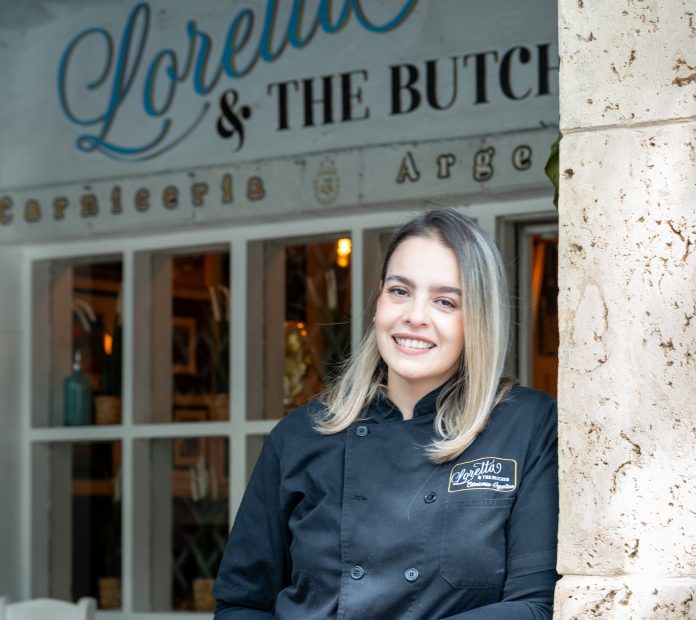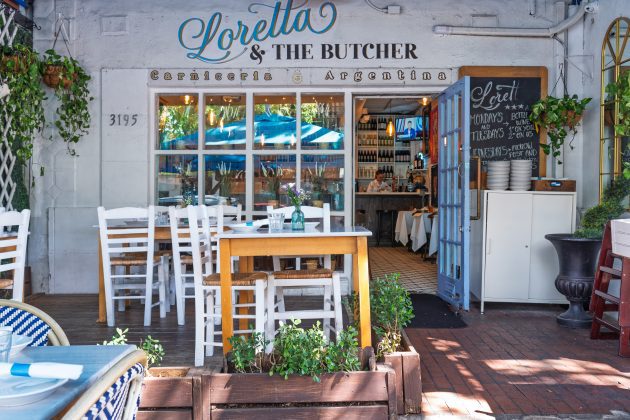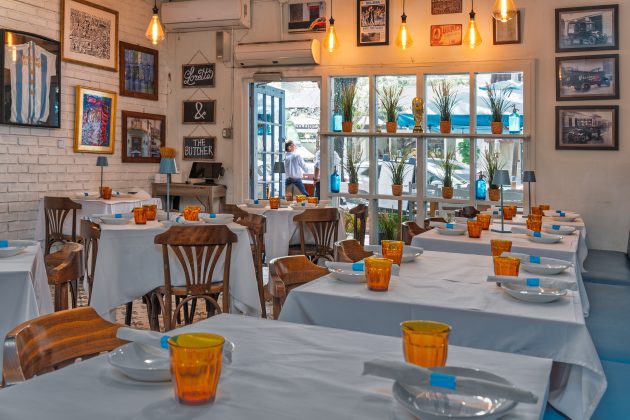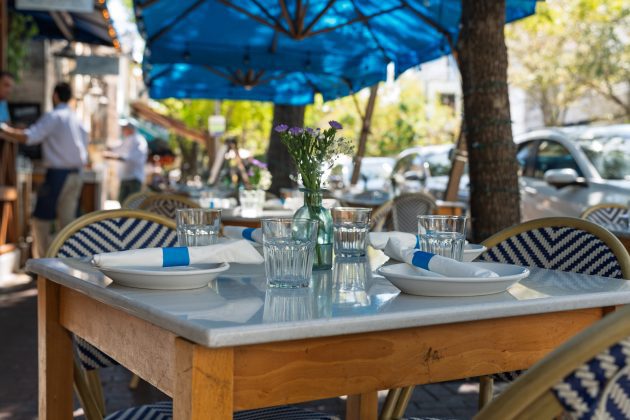The recipes that follow are from my recently published cookbook, “A Cook’s Table” Food and Wine Together (co-authored with Todd Wernstrom). The recipes are designed to lean against a specific grape varietal. And each Recipe will suggest a wine profile to compliment the dish… I have always labelled my style of cooking as wine friendly. And it was clearly that each chapter in the book should be headlined by a grape varietal. So, enjoy classical as well as new dishes, that have, and will stand the test of time. They allow the wines to show what is best and most compelling about them rather than overwhelm what is in your glass. For a deeper look, find, “A Cook’s Table” respectively at Amazon.com Barnes&Noble.com and at Two Chefs Restaurant. I urge you to find a proper glass, dig out your favorite pot or pan, start slicing and dicing and enjoy.
Jan Jorgensen.
Dungeness Crab with Aïoli
Serves 4
I met Dungeness crab in San Francisco. It resembled some kind of prehistoric monster, but alive and caught just off the coast.
I was taught to treat it like any other crab, taking into account cooking time which would be dictated by the size of the animal. A typical preparation is to boil them, chill them, crack the claws and eat. It doesn’t get much more basic than that. As an accompaniment, some prefer melted butter, or maybe a dash of hot sauce. My favorite, however, is to scoop some fresh aïoli on the crab, a squeeze of lemon juice and enjoy the purity of simplicity.
Cook the crabs in court bouillon:
1 medium to large Dungeness crab
1 onion, chopped
2 carrots, chopped
3 celery stalks, chopped
1 tablespoon black peppercorns
5 star anise pods
5 bay leaves
3 lemons, halved
1/4 cup salt
In a pot big enough to hold the crab, add enough water to cover the vegetables and spices, bring to a boil, reduce heat and let simmer for about 15 minutes in order for vegetables and spices to release their flavors.
Add the crab, bring back to a boil, let cook for 8-10 minutes. Remove crab from pot, let it drain and cool to room temperature, about an hour, then refrigerate. When cold, break off the legs, cut through the joints to make smaller pieces, then cut lengthwise to butterfly (kitchen shears make this job easy). Remove the meat, spoon on some aïoli and enjoy.
I like to make aïoli as traditional as possible. The sauce originates in the South of France but this one is made with potatoes, not egg yolks. The mustard, while optional, gives the sauce a real tanginess that acts as a bit of a counter to the richness of the crab and the potato and oil mixture.
Real aïoli:
3 Yukon Gold Potatoes (about 1 lb.)
5 garlic cloves with their skin
1 tablespoon olive oil
1 rosemary sprig
1 thyme sprig
salt
black pepper
juice of 1 lemon
1 teaspoon mustard (optional)
1 cup olive oil
In a small roasting pan, add potatoes, garlic, herbs and olive oil. Cover with aluminum foil and bake at 325 degrees for about 45 minutes until potatoes are fork tender (garlic and potatoes should not brown). Let cool to room temperature.
Peel potatoes and garlic, and place in a mortar, add salt, and with the pestle, start mashing the potatoes together with the garlic. (Resist the urge to use a food processor as doing so will result in the potatoes being overworked and gummy.) When the consistency of a paste is achieved, add the lemon juice, pepper and mix well. Slowly pour in the olive oil until incorporated. The texture should be smooth, starchy, lemony and rich.
Kitchen Wisdom:
I like to roast the garlic, though many would use it raw. I like the creamy texture you get when roasting the garlic and potatoes. Also, doing this makes it easier to emulsify the oil because all of the ingredients are soft.
What to drink:
The solution to this pairing can be found in the last sentence of the recipe: “The texture should be smooth, starchy, lemony and rich.” There is a great deal of inherent richness in the dish—crab and aïoli—but the lemon and mustard call for a bit more restraint in your glass than a full-on toasty, brioche-like vintage or non-vintage blend. A basic—for Champagne anyway!—Blanc de Blancs with its freshening acidity would be a nice complement because it won’t be overwhelmed by the crab and will mimic the citric elements of the dish.
Roquefort Cheese Beignets
Serves 6
The first time I made cheese beignets was for a fairly large dinner party. Beignets are one of those things that can be served in multiple ways. I prefer them with a lighter style of wine with good acidity as a complement to the richness of the beignets. They work very nicely served as a warm snack before dinner on a chilly afternoon. A dollop of summery berry jam would be a nice touch. They can be made with any blue-veined cheese but because “beignet” is a French word, try Roquefort first.
Ingredients:
2 cups water
1 stick butter
1 cup flour
8 eggs
1 cup Roquefort
pinch cayenne pepper
freshly grated nutmeg
salt
2 quarts of peanut oil for deep frying
In a medium saucepan, heat water and butter to a simmer. Add the flour and stir vigorously with a wooden spoon over low heat until the mixture no longer sticks to the pan and forms into a ball. Remove from heat.
Move dough to an electric mixer. Add eggs one by one, mixing in each one thoroughly until the mixture is smooth. Add in the cheese and seasonings.
In a thick-bottomed pot, add the peanut oil. Heat the oil to 325. With a soup spoon, scoop a spoonful of batter and drop gently into the hot oil. Repeat, but do not overcrowd the pot. Fry the beignets until golden brown and crisp, 3-5 minutes. Do not touch them while they are frying, they will turn over on their own. When done, remove from the oil and drain on paper towels.
Once removed and drained, arrange them as a pile on a cloth napkin family style.
Kitchen Wisdom:
Make the batter as close to service as possible. Unless a recipe calls for eggs or whites at a specific temperature, it’s always best to incorporate them as close to their use in the recipe as possible. This reduces the chance that temperature change will affect them and makes it more likely that your result will be fluffy, crisp and succulent.
What to drink:
Given how assertive blue cheeses are, the best choice here would be a less assertive version of Sauvignon so as to not directly compete with the cheese. So, New Zealand is out. Sancerre on the grassy side would work as would citric versions from Northeast Italy. The somewhat rounder New World styles (unoaked) would provide a nice textural counterpoint as well as they usually have a bit more body than Old World versions.
Parisienne Steak
Serves 4
Boeuf from Paris is the name of this open-face sandwich. This is a dish that should be on any restaurant’s lunch menu. It’s also a dish that has become a hamburger variation, a hamburger with only one layer of bread. Parisian steak is the English translation, but it is also a Danish dish that would be welcome on any open-face sandwich menu, that is sandwiches eaten with a knife and fork.
The dish is “supposed” to be made with top round of beef. A large knife would be used to scrape the top round with the grain, then wiping the meat on a slice of white bread, crust removed. It would then be seared on both sides, and garnished with pickled beets, freshly grated horseradish, raw onion, capers and a raw egg yolk. But it has instead become a beef patty cooked on a grill or in a skillet served on a piece of toasted white bread, and accompanied by the above-mentioned garnishes, which is an unfortunate variation.
I realize that getting a scraped top round is a challenge in itself, but beef top round is readily available in the butcher department, and so usually is a sharp knife somewhere in your drawer.
The real “Parisienne Boeuf”:
4 slices of two-day-old sandwich bread, crusts removed
4 6-oz servings of scraped top round, or finely cubed top round pulsed in a food processor
olive oil
salt and pepper
If attacking the Parisian steak traditionally, with a knife, scrape the top round along the grain, wiping off the scrapings onto each bread slice (about 6 ounces for each bread slice). Smear the meat evenly onto the bread, covering the sides down to the cutting board. Lightly score a diamond pattern on the meat side, and set aside in the fridge for 30 minutes.
In a hot skillet, add the olive oil and allow it to get hot. Carefully place the meat side of the sandwich in the skillet and sear fast and furiously until browned. Flip the sandwich and brown the bread side until crispy and golden brown. Remove to a serving plate.
The garnishes:
Typically the garnishes used for Parisienne boeuf are items readily available in the house. Buy them or make them if you don’t have them.
4 oz freshly grated horseradish root (do this in the last seconds of cooking this dish—last minute is key)
4 cracked whole eggs into a small bowl
4 oz capers
4 oz shallots, chopped finely, but not into a paste
4 oz pickled beets, chopped finely
4 uncooked onion rings, large enough to hold an egg yolk
Pickled beets:
Pickling, though not hard to do, is, nevertheless, an art in my mind because it’s more than just food soaked in vinegar. Pickling is important in Scandinavian traditions, but also very much part of Asian cultures, and in others, such as in South America where fast pickling, like ceviche, is common. Pickled beets are very popular in the Northern Hemisphere, of course, because beets are grown there, and interestingly, the red beet lends itself best to pickling.
1 lb medium red beets.
Boil the beets in salted water accompanied by a bouquet garni, cooking them like a potato, for about 45 minutes. Let them cool in the boiling water. Or you could roast them: Toss in a little olive oil, sprinkle some salt and a couple of rosemary stalks, cover them with aluminum foil, and roast them in the oven for 45 minutes at 350 until tender like a potato. Let cool and set aside.
Pickling liquid:
1 cup red wine
1/4 cup balsamic vinegar
1 cup water
2 lemons, halved
1/4 cup red vermouth
1/2 cup red wine vinegar
1/2 cup mirin
1/4 cup sugar
1/4 cup honey
3 star anise pods
5 cloves
1 cinnamon stick
3 bay leaves
15 whole black peppercorns
1 tablespoon mustard seeds
1 teaspoon chili flakes
salt
Peel the beets, slice them into 1/8-inch slices and place them in an airtight container or mason jar/pickling glass.
Bring the pickling liquid and spices to a boil, then cook for 3 minutes. Taste. It should have a strong sweet/sour flavor, balanced by spices and salt. Pour liquid over the beets to cover, seal tightly and transfer to a cold spot or refrigerator. Wait a week to 10 days before opening the container.
Finish the Parisienne Boeuf:
Place an onion ring in the middle of the seared boeuf with an egg yolk inside the ring, and on each corner of the boeuf arrange 1 ounce of caper, chopped beets, chopped onion and horseradish. Don’t overdo the garnishes. I’ve had it with more garnish than boeuf served and it wasn’t delicious. Serve with a knife and fork because it’s not a sandwich!
Kitchen Wisdom:
It’s a long recipe, but the key is to have your mise en place ready so you can cook, plate and serve quickly.
What to drink:
We’re not big fans of really assertive flavors—in this case, horseradish, capers and beets—with wine, but a full-bodied Pinot would provide a nice counterpoint because the meat is what’s most prominent in this dish, not the garnishes. If you choose Burgundy, make it from the Côte de Nuits. You could also go with a New World version. Oregon might work a touch better than the typical California style unless you source one of the cooler-climate coastal ones.
If it all goes wrong. Make a reservation…
305-663-2100
Two Chefs Restaurant
8287 South Dixie Highway, Miami
ABOUT US:
For more Miami community news, look no further than Miami Community Newspapers. This Miami online group of newspapers covers a variety of topics about the local community and beyond. Miami’s Community Newspapers offers daily news, online resources, podcasts and other multimedia content to keep readers informed. With topics ranging from local news to community events, Miami’s Community Newspapers is the ideal source for staying up to date with the latest news and happenings in the area.
This family-owned media company publishes more than a dozen neighborhood publications, magazines, special sections on their websites, newsletters, as well as distributing them in print throughout Miami Dade County from Aventura, Sunny Isles Beach, Miami Beach, Coral Gables, Brickell, Coconut Grove, Pinecrest, South Miami, Kendall, Palmetto Bay, Cutler Bay and Homestead. Each online publication and print editions provide comprehensive coverage of local news, events, business updates, lifestyle features, and local initiatives within its respective community.
Additionally, the newspaper has exclusive Miami community podcasts, providing listeners with an in-depth look into Miami’s culture. Whether you’re looking for local Miami news, or podcasts, Miami’s Community Newspapers has you covered. For more information, be sure to check out: https://communitynewspapers.com.
If you have any questions, feel free to email Michael@communitynewspapers.com or Grant@communitynewspapers.com.





































